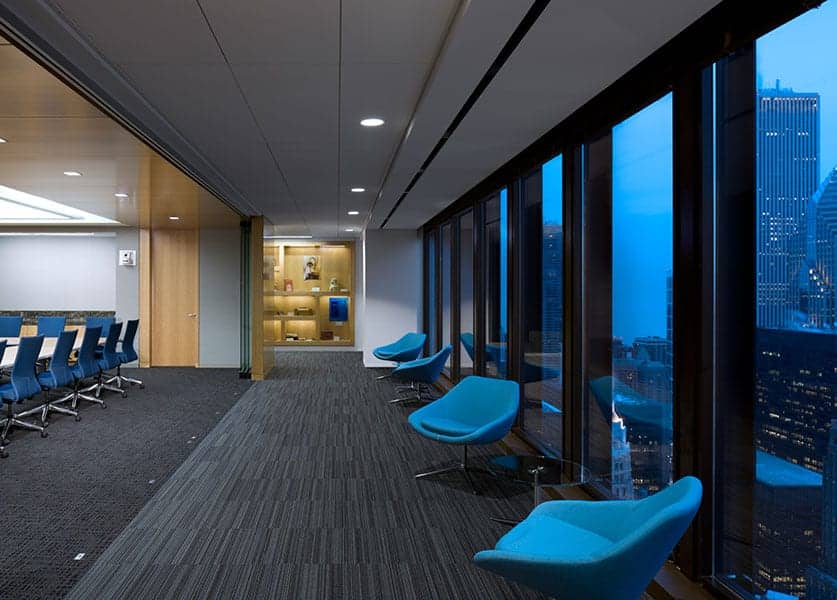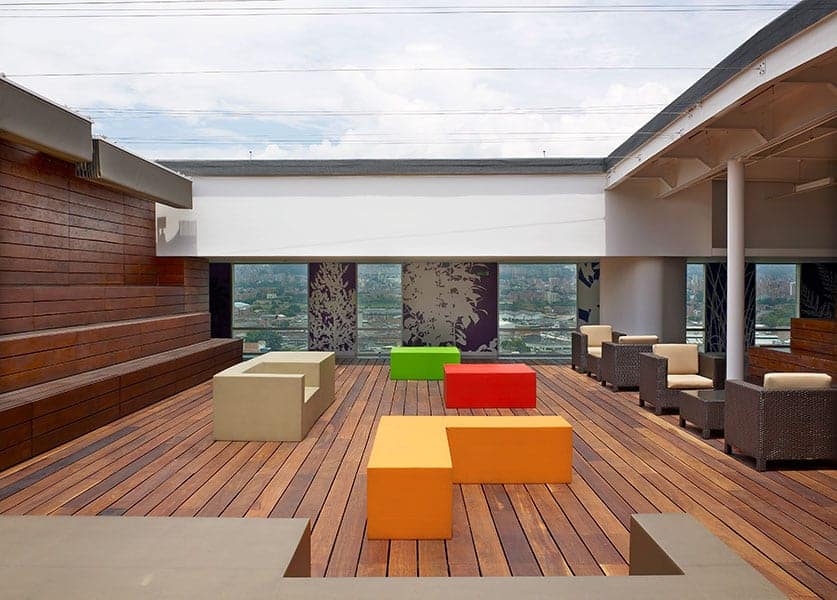Studies show that, regardless of the subjects’ opinion of their own competency, performance suffers when distractions are present, similar to students who bring laptops to a lecture.The mind is less efficient doing two things at once. Would you want your taxes prepared by someone who is interrupted every few minutes, answering emails and phone calls about unrelated matters, or perhaps even working on someone else’s return at the same time? Or would you prefer someone who is quietly working on your return and your return alone? Some tasks simply require focused concentration.
Due in part to this observation, single-tasking is coming back into vogue. Of course, there will always be certain jobs where multi-tasking is required. Sometimes being asked to jump from one task to another to another is just the nature of the job at hand and most companies need employees to be responsible for more than one project at a time. It is rare that any of us are assigned to accomplish only one goal. Most of us enjoy variety in our days and our jobs – it keeps life interesting. But does that necessarily mean multi-tasking is the right approach for everyone?
Providing dedicated space as a meditation or quiet room allows companies to maintain competitive real estate goals using open office floor plans while demonstrating commitment to helping employees cultivate healthy balances. As a shared amenity, a quiet room affords access to any number of employees, without having to dedicate personal space for each staff member.
Quiet rooms can be set up almost anywhere, though the scale of most “wellness” rooms dictates this would be best treated as a single-occupancy accommodation. Because this kind of space requires little equipment or furniture, it can be combined with another space within the building program. With many states enacting legal requirements to provide mother’s rooms, repurposing the space as a “wellness” room during down time might support multiple, healthful activities, including meditation, yoga, and privacy for an entire office.
Another approach is to use a larger room within the program as flex-space. Firms often have access to a large conference room that doubles as all-staff or “town hall” meeting space, in which movable partitions open to create a larger, social space. This type of space could be utilized for meditation or yoga classes and flexible furnishings could be stored to provide open space during class or private time.
Access to outdoor space opens the possibility of a peaceful garden setting. As LEED guidelines for new construction encourage building developers to provide direct access to open space, it is likely that more and more buildings in the future will have access to some type of outdoor area, which are generally ideal for meditation space.


